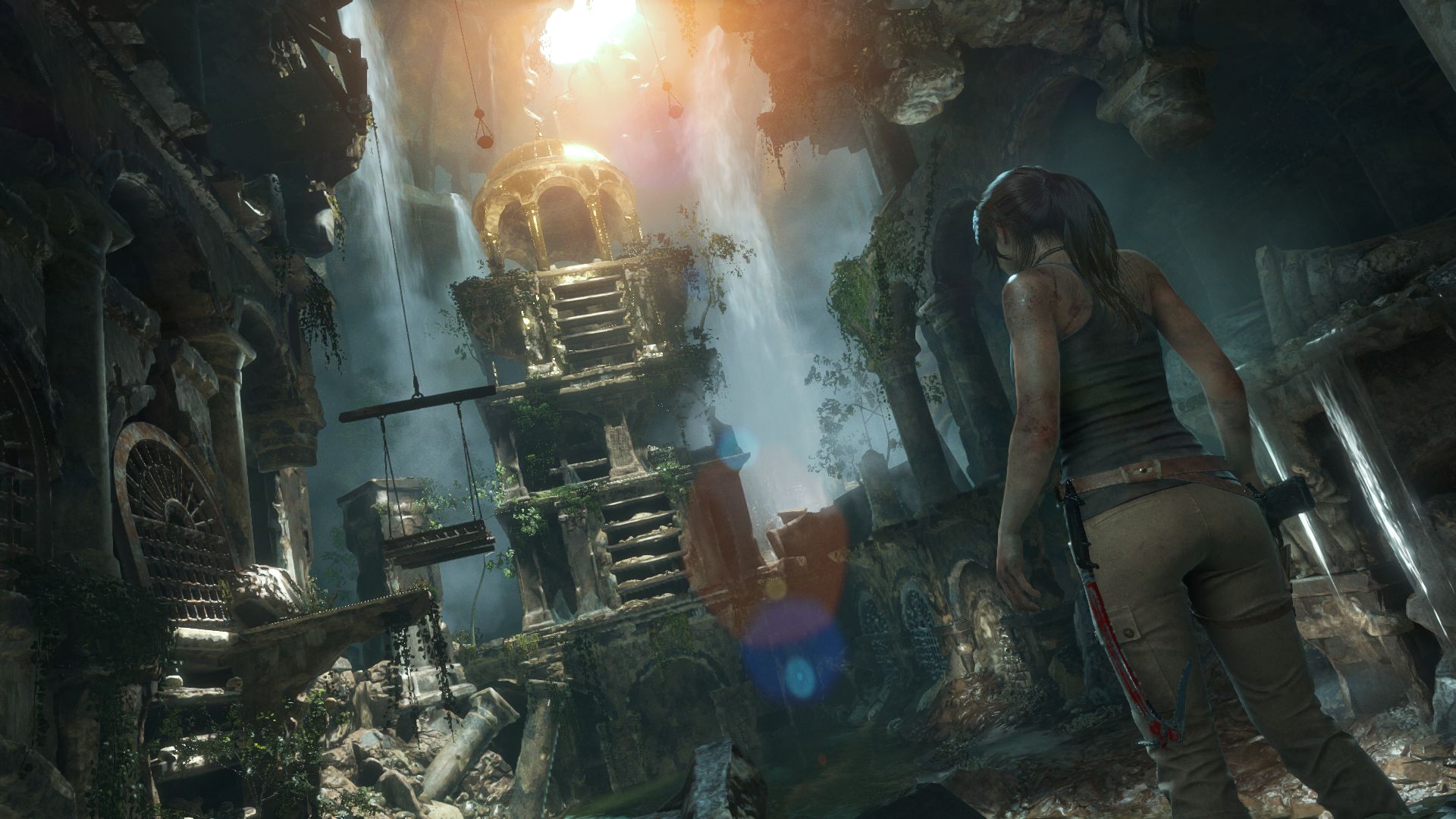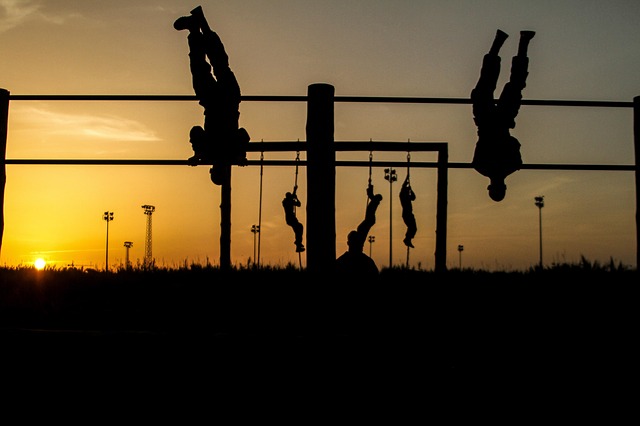Last time on Craft (Adventure), we looked a some of the major changes in PF2 based on the playtest. However, we forgot one of the major changes to the game that directly impact adventure writing: Encounter Mode, Exploration Mode, and Downtime.
Encounter Mode
This is the round-by-round mode that we’re used to dealing with in combat, but what else can we do with this “mode” of game play? Any time where the heat is turned up for the characters. Anytime where split second decisions matter. Anytime you’re counting the seconds before some terrible fate, you want to use Encounter mode.
 Some examples might be a trapped room that is growing ever smaller unless the PCs can escape or answer a complicated riddle. The PC actions could dictate how fast they find the clues, solve a puzzle and open the door before the walls crush them or the floor drops from under them. In this situation you may want to give PCs extra actions or activities they can take to help solve the puzzle, such as an activity that takes 2 actions but allows them an Intelligence or Wisdom check to gain a hint. You may also want to allow the PCs to use a reaction to catch an item with a free hand if an ally throws a piece of the puzzle to them. Even if there are no foes to fight, keeping the action in encounter mode helps the sense of urgency. Many hazards in the game function this way, but feel free to make it more elaborate to increase the tension.
Some examples might be a trapped room that is growing ever smaller unless the PCs can escape or answer a complicated riddle. The PC actions could dictate how fast they find the clues, solve a puzzle and open the door before the walls crush them or the floor drops from under them. In this situation you may want to give PCs extra actions or activities they can take to help solve the puzzle, such as an activity that takes 2 actions but allows them an Intelligence or Wisdom check to gain a hint. You may also want to allow the PCs to use a reaction to catch an item with a free hand if an ally throws a piece of the puzzle to them. Even if there are no foes to fight, keeping the action in encounter mode helps the sense of urgency. Many hazards in the game function this way, but feel free to make it more elaborate to increase the tension.
 Perhaps a pickpocket is attempting to join the local thieve’s guild and needs to pass a timed trial. They may need to sneak past a magical eye to test their Stealth. Next they’ll have to decide whether to avoid some obvious traps or stop to disable them. Do they take precious actions to stop and search for well hidden traps? Do they disabling the ones they find or try and avoid them? A small obstacle course that tests the thief’s Acrobatics and Athletics might be in order. One might even want to give the would-be thief some hints, clues, or a shortcut if they have tertiary skills like Nature, Arcana, Perform, or Occultism. In the end they may need to pick a lock or two to get to the final chamber and snatch a golden statue without setting off the pressure plate it sits on.
Perhaps a pickpocket is attempting to join the local thieve’s guild and needs to pass a timed trial. They may need to sneak past a magical eye to test their Stealth. Next they’ll have to decide whether to avoid some obvious traps or stop to disable them. Do they take precious actions to stop and search for well hidden traps? Do they disabling the ones they find or try and avoid them? A small obstacle course that tests the thief’s Acrobatics and Athletics might be in order. One might even want to give the would-be thief some hints, clues, or a shortcut if they have tertiary skills like Nature, Arcana, Perform, or Occultism. In the end they may need to pick a lock or two to get to the final chamber and snatch a golden statue without setting off the pressure plate it sits on.
Exploration Mode
 The tactical shorthand that “mode” brings can be an advantage for the adventure writer. You can include various clues, loot, or interesting information in an area and give two or three different skills that might uncover this information. You can include information that is interesting, certainly, but due to the more generalized nature that Exploration Mode is intended for, you can save your word-count for developing NPCs or building lore. I would always recommend having two, if not three different ways a PC might be rewarded for interacting with the environment. This allows the GM some leeway into how she adjudicates the PC actions and rewards them. It also encourages players to have their PCs do more than “look out for danger” and roll Perception in every location.
The tactical shorthand that “mode” brings can be an advantage for the adventure writer. You can include various clues, loot, or interesting information in an area and give two or three different skills that might uncover this information. You can include information that is interesting, certainly, but due to the more generalized nature that Exploration Mode is intended for, you can save your word-count for developing NPCs or building lore. I would always recommend having two, if not three different ways a PC might be rewarded for interacting with the environment. This allows the GM some leeway into how she adjudicates the PC actions and rewards them. It also encourages players to have their PCs do more than “look out for danger” and roll Perception in every location.
The Social Tactics of Exploration Mode can likewise be a great place to give the GM some guidance in a sandbox style adventure or one with an investigation component. Try and include some different results that an adventurer might have if they try each of the main tactics listed in the rulebook: Carousing, Conversing, Looking Out, Shopping, and Stealing. Again, see if there’s a way to include uses for additional skills in each of these tactics. You might allow someone using Looking Out to use Athletics to climb to a better vantage point or Acrobatics to dodge through a crowd and follow someone suspicious. Add Nature or Craft into the Shopping tactic, giving the PC an opportunity to butter up one of the shop keepers in hopes they’ll drop some juicy gossip. Someone who’s Stealing might be able to snag a strange piece of writing without having to make a Thievery check, but in order to figure out what it means might require an Occultism check.
Downtime
Ah, often seen as the most boring part of an adventure, Downtime can be a source of great storytelling. The player’s favorite NPCs aren’t going to get married during Exploration Mode, and they’re not going to earn the trust of an isolated town by killing a pack of dire rats in Encounter Mode. Some of your “bigger” story moments are going to happen in Downtime where you have the room to relax and role-play with your PCs. Keep this in mind when writing your adventure so that you can give the PCs opportunities for role-play, story advancement, and personal investment into the game world.
The party thief might have to go through a trial to join the thieve’s guild in Encounter Mode, but it’s going to take some time gaining their trust and respect during downtime. Give them some role-played encounters with other pickpockets, leading up to a meeting with shadowy figures in a dark alley, and culminate the experience with an Encounter Mode trial. Let the story grow during Downtime so that the big trial is that much more climactic.
 Some of the Downtime can be spent helping to prepare for the big wedding between their favorite NPCs. This gives them fun role-play moments to give back to the game world and make it feel comfortable, like home. Then when you want to throw the big wedding, switch to Exploration Mode to send it home.
Some of the Downtime can be spent helping to prepare for the big wedding between their favorite NPCs. This gives them fun role-play moments to give back to the game world and make it feel comfortable, like home. Then when you want to throw the big wedding, switch to Exploration Mode to send it home.
These modes are tools that help you, the author, convey the pace and tone of the adventure to your GM so that they can deliver a great experience for your players.




